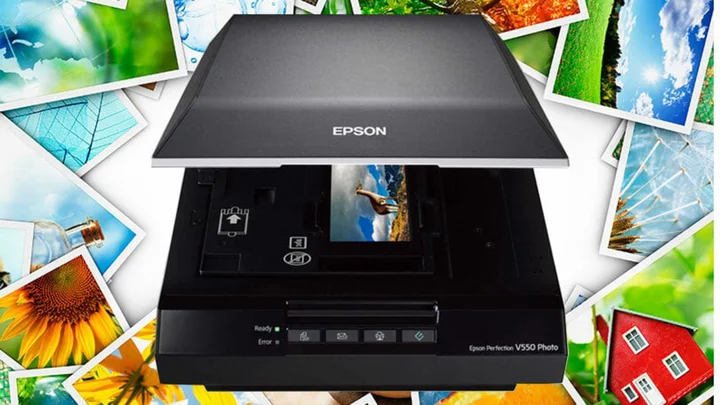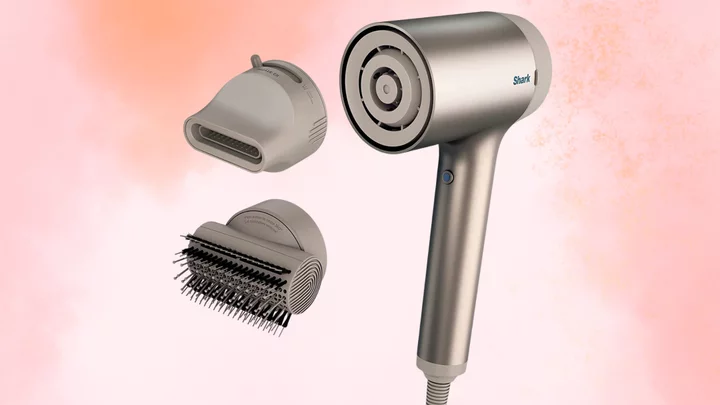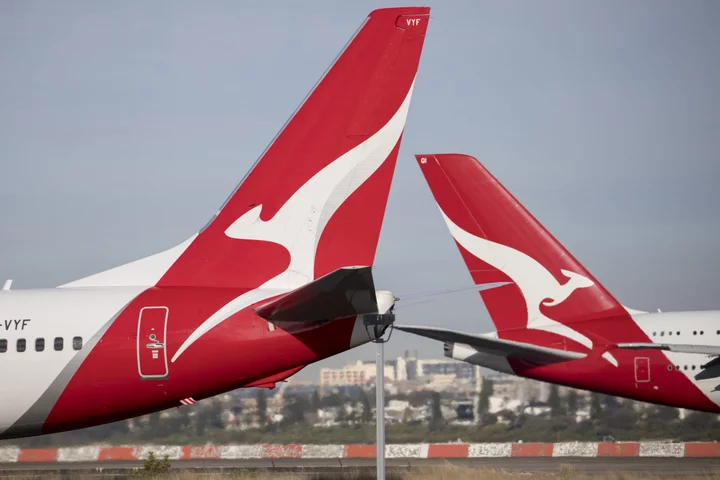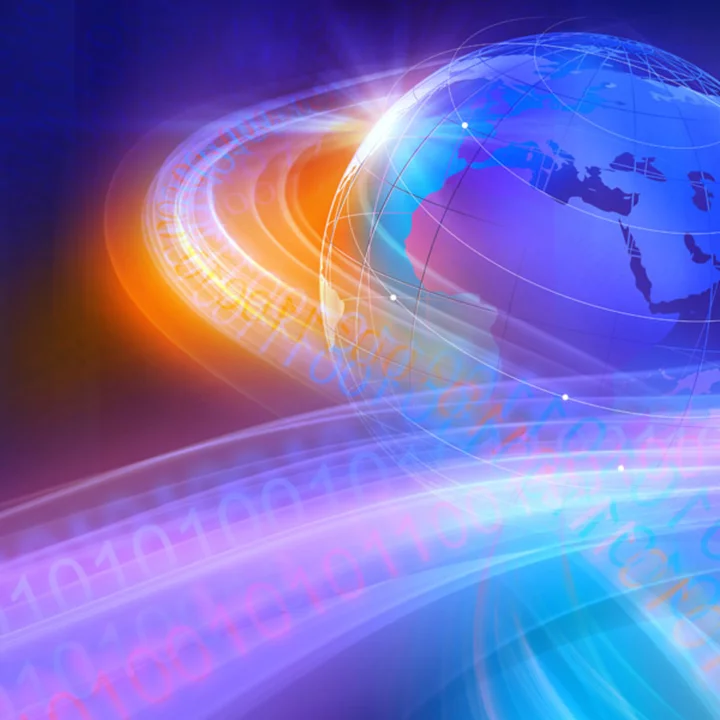Both photo buffs and family archivists often turn to photo scanners to digitize their prints and film. Photo scanners are set apart by features such as a high sensor resolution and the ability to scan transparencies (slides and negatives) in addition to photo prints. Many include software to help retouch scans and remove scratches.
Though built to handle photos, most photo scanners can also be used for general-purpose scanning, and some include optical character recognition (OCR) software for digitizing the occasional document. This is a niche segment of the hardware market; you'll see relatively few dedicated photo scanners on the market, and they tend to have very long shelf lives. (As you peruse and click on our models summed up above and below, you'll note that many were reviewed years ago. Yes, they're still the current models.) Check out summaries of our still-current favorites below, followed by a guide to choosing the right model for you, and then a detailed spec table of all our recommended models.
A few photo scanners are sheetfeeders, specializing in snapshot-size prints. But one feature shared by most "true" photo scanners is a flatbed design. In these scanner designs, you lift a lid to expose a glass platen, onto which you place the image to be scanned. A key differentiator between models is the platen size; most are letter-size (8.5 by 11 inches) or legal-size (8.5 by 14 inches). You'll want to be cognizant of that spec depending on the size of what originals you will tend to scan.
We strongly urge you to avoid making a habit of scanning photos (or any delicate originals, for that matter) through "any old" sheetfed document scanner, whether it's a standalone model or one built into a multifunction or all-in-one printer (more on that in a moment). This works in a pinch, but it risks damaging your originals, even if they're enclosed in a protective sleeve. A notable exception is the class of autofeed snapshot photo scanners, here headed by the Epson FastFoto line, the latest of which is the FastFoto FF-680W. The FastFoto models are built specifically for scanning shoeboxes full of photo prints and are engineered to treat the prints gently.
What to Look for in a Good Photo Scanner
Photo scanners are available in a wide range of prices and capabilities. As a rule, low-cost photo models are limited to scanning photo prints. Many do a very good job of this, generally for less than $100. Starting in the $200 range are scanners that can handle slides and/or film negatives. Such models come with plastic frames or holders that fit multiple slides or negatives and secure them in place on the platen during scanning. This helps with alignment and spacing during the scan and reduces the need to handle the transparencies directly off the platen.
Most scanners offer basic and advanced modes, accessible through their driver or scanning software. Typically, a scanner utility's basic mode will select the scan settings for you, while the advanced mode will let you customize the settings.
Many scanner drivers also have dust- and scratch-removal capabilities. The dust feature sometimes works well, but effective scratch removal really requires a hardware-based solution. To pinpoint this, look for something called Digital ICE technology, which is generally built into some higher-end photo scanners.
Is the Scanner on an All-in-One Printer Good Enough?
Though most people who scan a lot of photos will want a single-function scanner, nearly all multifunction printers (MFPs), also known as all-in-ones (AIOs), include a flatbed that can scan photo prints and other material. The quality of their photo scanning varies widely, depending on the hardware and software involved. Most fall well short of single-function photo scanners in terms of scan quality and/or photo-centric features. (See our picks for the best AIO printers.)
A few models, which we call home photo labs, can scan slides and negatives in addition to prints, providing a variety of photo-centric features as well as the normal MFP functions (printing, copying, and—in some cases—faxing). They're worth considering if you're a scrapbooker or a photo buff in need of a versatile photo scanner that can print and make copies, as well. Look at a printer vendor's specifically photo-minded AIOs to identify these models. There's no denying that an AIO can save a lot of desk space versus a separate printer and flatbed scanner.
So, Which Is the Best Photo Scanner to Buy?
The models we highlight here run the gamut from inexpensive consumer units to scanners aimed at serious photographers, be they professionals or advanced amateurs. What all these products have in common is that they're the best photo scanners in their respective categories on the market today. The models we discussed above are detailed in our spec table below.
For more on what to look for in a scanner, check out our top overall scanner picks. Also, before you start that big digitizing project, you'll want to check out our top tips for preserving your photos.









